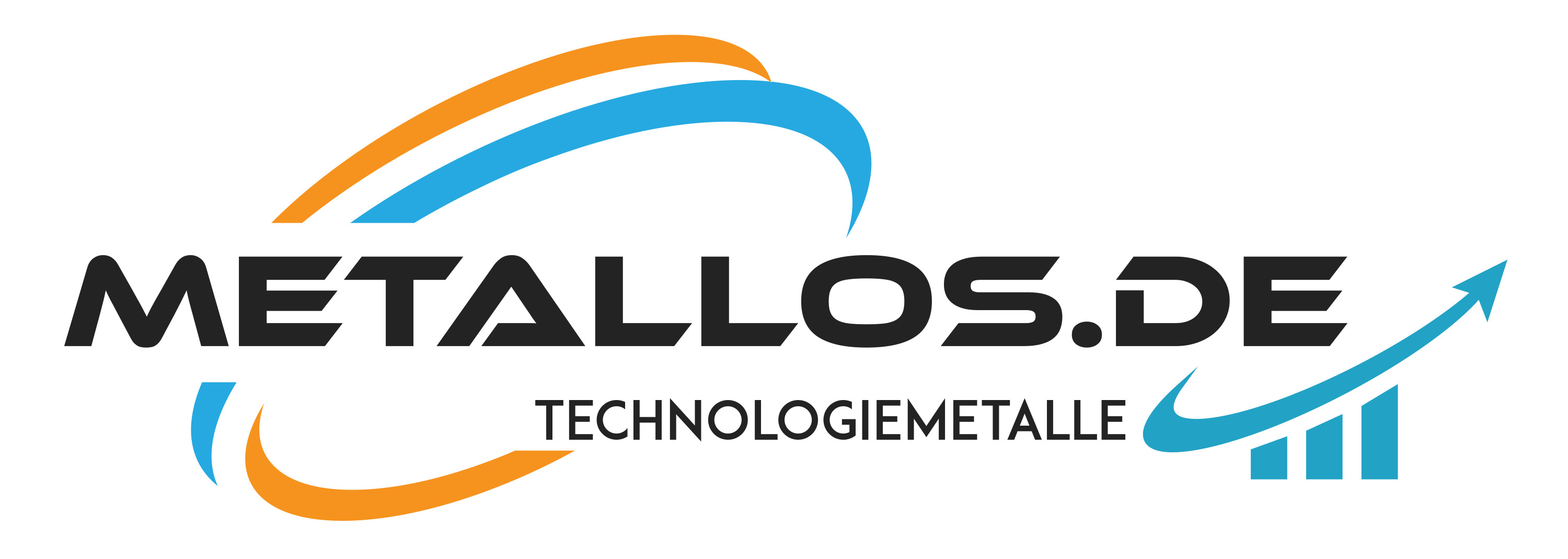Tellurium 1kg ingot 99.99%. high purity tellurium metal, technology metal and value investment.
Description
Tellurium 1kg ingot 99.99%. high purity tellurium metal, technology metal and value investment.
Buy 1kg Tellurium (Tellurium) ingot with purity 99.99%.
Tellurium (Tellurium) metal is a technology metal, collectible and valuable investment.
With us you will get the best price for 1kg Tellurium (Tellurium) metal ingot.
The current Tellurium (Tellurium) bar price is stable It is just at 199€/1kg, so you should buy Tellurium (tellurium) metal bars now.
Buy 99,99% tellurium (tellurium) bar
Price tellurium (tellurium) 1kg 199Euros
- Deliverable within 3-4 working days by GLS or DHL
- Purity: min.: 99,99%
- Quantity: 1 x 1kg
- Quantity discounts see below
Tellurium is considered by industry to be one of the technology metals - those metals that are of particular importance for technological innovations. In other contexts, tellurium is also referred to as a strategic metal, which underlines its relevance for the economy of a country. Tellurium is also one of the critical raw materials, i.e. it is strategically important but only available in limited quantities.
Tellurium is a rare chemical element with the element symbol Te and the atomic number 52. In the periodic table it is in the sixth main group, or the 16th IUPAC group, and 5th period and thus belongs to the chalcogens. Its abundance is approximately equal to that of gold, with which it also forms various compounds that occur in nature as minerals. Crystalline tellurium is a silvery-white, metallic shiny semi-metal, which resembles tin and antimony in appearance. It reacts brittly to mechanical stress and is therefore easily pulverized. In chemical compounds with nonmetals it is close in behavior to sulfur and selenium, but in alloys and intermetallic compounds it shows very pronounced (semi)metallic properties.
Tellurium is insoluble in water, but reacts violently with nitric acid, which has a strong oxidizing effect. As an amorphous powder, tellurium is brown. When tellurium is heated, toxic fumes are formed. Tellurium reacts with zinc under strong annealing. Finely dispersed tellurium particles can form explosive mixtures with air, there is a risk of fire.
Fields of application
Two application areas share the majority of available tellurium: one is photovoltaics, where tellurium is used as cadmium tellurite in thin-film solar cells; the other is thermoelectric elements, which are needed for a variety of applications. The remaining deposit is shared between the use in alloys and smaller applications such as the vulcanization of rubber.
-Coloring of glass and ceramics;
-Semiconductor technology;
-Production of optical storage disks (CD-RWs, DVD-RWs);
-Vulcanization of rubber.
Occurrence
Tellurium occurs extremely rarely in the earth's crust, at 0.01 grams per ton. This corresponds to just twice the amount of gold. Tellurium is indeed often found in nature in association with gold, but also with other metals such as copper or lead. It also occurs in many minerals, such as hessite, calaverite or nagyágamite. However, it cannot be extracted economically in this way.
Industrial extraction of tellurium occurs exclusively in the course of copper and zinc production. To increase the purity of copper to 99.9% after smelting, large copper plates are suspended in an electrolysis bath. After about 14 days, the impurities have dissolved. Among other materials, precious metal tellurides are found in the so-called anode slimes that remain. By means of further chemical steps, pure tellurium can be obtained from them. The purity of this can then be increased to over 99.9% with the aid of the zone smelting process.
History
Tellurium was discovered in 1782 by the Austrian chemist and mineralogist Franz Joseph Müller von Reichenstein (1740-1825) during examinations of gold ores from the Mariahilf mine on Mount Faczebaja near Zlatna (Eng. Klein Schlatten, Hung. Zalatna) near Sibiu (Eng. Hermannstadt, Transylvania, Romania), which yielded a lower gold yield than expected. He had become aware of the ores through the scientific treatise Nachricht vom gediegenen Spiesglaskönig in Siebenbürgen by Ignaz von Born (1742-1791). Spiesglass king denotes native antimony, spiesglass is an old name for the mineral antimonite (stibnite, gray spit shine Sb2S3). Von Born considered the native metal in the gold ores to be antimony and attributed the low yield to a compound of gold with antimony. Müller von Reichenstein disagreed with this view and initially considered it to be "sulfurized bismuth." However, after further investigations, the results of which he published in a four-part treatise between 1783 and 1785, he also ruled out bismuth, since the metal, unlike antimony and bismuth, practically did not react with sulfuric acid. He gave the metallic phase the name metallum problematicum (also aurum problematicum or aurum paradoxum). According to today's knowledge, it consists of the minerals nagyágite (leaf ore, AuPb(Pb,Sb,Bi)Te2-3S6) and sylvanite (scribal tellurium, (Au,Ag)Te2) in addition to native tellurium. Müller von Reichenstein suspected that metallum problematicum "...might be a new semimetal not yet known", but wanted to have his findings confirmed first by the Swedish mineralogist and chemist Torben Olof Bergman (1735-1784). In 1783, he sent samples of the ore to Bergman for appraisal, but received no definitive answers. Bergman died in 1784 and the investigations on metallum problematicum were stopped for the time being in 1785.
It was not until twelve years later, in 1797, that Martin Heinrich Klaproth (1743-1817) received samples of Müller von Reichenstein's ores in Berlin. Klaproth confirmed the conclusions of Müller von Reichenstein's investigations and saw sufficient evidence for the discovery of a new element. In January 1798, Klaproth acknowledged the merits of Müller von Reichenstein in a lecture and credited him with the discovery of the new element. Since Müller von Reichenstein had not given the element a name, Klaproth decided on the name tellurium (Latin tellus: "earth"):
Name: Tellurium
Symbol: Te
Atomic number: 52
Mass fraction in the earth's envelope: 0,1 ppm
Density: 6,25g cm-3
Mohs hardness: 2,25
Melting temperature: 449.51 °C
Boiling temperature: 990 °C
Electr. conductivity: 1-104 A-V-1-m-1C
CAS number: 13494-80-9
